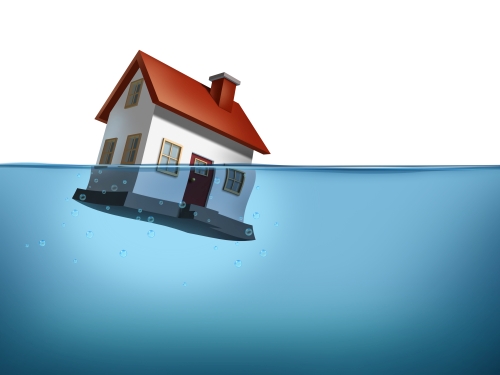In yesterday’s article, I covered house price inflation in New Zealand, the severe unaffordability problem we’re facing and how government moves may impact on investors. Now it’s time to look at what’s happening out there…
As I write this, it’s clear to anyone trying to sell a home that the boom days are gone.
You used to be able to take your CV and add 20%. As I surf property listings, time and time again, there are headings — ‘disregard CV’, ‘selling well below CV’, ‘XX% discount on CV’.
A home on a full site in prime Mission Bay, 750m from the beach, recently passed in at auction. CV $2.2m. New price $1.59m. 28% discount.
Where I live in desirable Devonport, year-on-year, prices are down between 12% to 17%.
This is starting to look and sound like the Japanese asset bubble.
The bubble will probably continue to suck slowly inwards rather than burst without a parachute. Although there are three real scenarios:
1) Manageable correction — ~50–60% chance
The property market corrects at around the 10–15% level. High value property in Auckland leads the way.
Once the correction is realised, a new normal resumes, and prices may even start growing again, albeit slowly if the underlying shortage is not resolved.
Here, we face an outlook of much slower house price growth.
2) Perfect storm — ~20–30% chance
The Labour-led coalition, licking their wounds after the CGT shoot down, finds other ways to tax housing investment in an effort to move investment toward productive businesses.
Honouring a deal with NZ First for continued support, immigration gets slashed toward Winston’s net 10,000 limit. The ban on foreign buyers continues, with loopholes closed.
Government home-building plans come on stream, as density and urban limit breaks become more fully realised. The market floods with homes, including landlords wanting out. Banks double down on lending restrictions. Prices could fall by half.
3) Back in business — ~20–30% chance
Come November 2020, Labour is out. The foreign-buyer ban gets reversed. Any prospect of CGT is just a bad memory.
The new government goes back to its old ways of sparking growth with mass immigration. Housing supply does increase with building, density and resource management initiatives but it’s not going to be enough to cope with demand. New Zealand house prices stabilise, then start heading upwards once again.
Either way, property is looking more uncertain and wobblier than the sure bet it used to be.
Still want to invest in property?
If property values do get slashed and burned, there may be some good buying opportunities. Ongoing, though, landlording looks increasingly like hard work. Plus, if home values fall fast, the OCR will likely get cut, and it will become more affordable for renters to become owners.
A friend of mine puts it like this: ‘I rent in Auckland because it’s much cheaper than getting a mortgage. My landlord is only getting a 2.5% yield out of me, plus he does all the maintenance work. If I take a mortgage, I’m paying twice that. Meanwhile I can get 8% or more on my money through other investments.’
Commercial property can make a lot more sense than residential. The tenant pays the outgoings. It runs on a different market cycle. The trouble is you need several million to get into a high-quality commercial or industrial property.
A star in my portfolio has been Property for Industry [NZX:PFI].
If you’d started buying it five years ago, you’d have enjoyed the following returns:
Average dividend yield over this period has been around 4.5% per annum, while capital growth increments to over 51%. In other words, an investment in PFI, even without dividend reinvestment, could have yielded you nearly 15% per annum.
PFI specialises in industrial property around New Zealand. They own a portfolio of strategic assets, like the Carlaw Park Gateway Building in Parnell. It currently has 100% occupancy and a valuation of $35.5m.
‘There are 93 properties in PFI’s portfolio occupied by 147 tenants who pay rent totalling $82.0 million. The portfolio is 99.3% occupied with a weighted average lease term of 5.39 years (all figures as at 31 December 2018).’
—Property for Industry
Although the share price currently shows a premium on NTA (net tangible assets), property concerns may weigh on this and present a buying opportunity.
And there are more REITs throughout Australasia that could enable you to make a strategic and more diversified play into a changing property market.
In the course of your subscription, you’ll learn a lot more about these and how to value their business and prospects.
Of course, like the underlying property themselves, these REITs are not without risk. Any substantial correction in the residential market may flow through to the commercial. If REITs are forced to revalue downwards, share prices can be in for a sharp correction.
I’ve just seen this on some property REITs in the UK, where High Street assets became a little wobbly through Brexit.
Still, value can be assessed when you consider yield and growth prospects. And when you see real value, it’s time to pounce.
Regards,
Simon Angelo
Editor, Money Morning New Zealand
Important disclosures
The stocks mentioned in this report are examples only. They are not official recommendations.
Simon Angelo owns shares in Property for Industry Limited [NZX:PFI] via portfolio manager Vistafolio.
